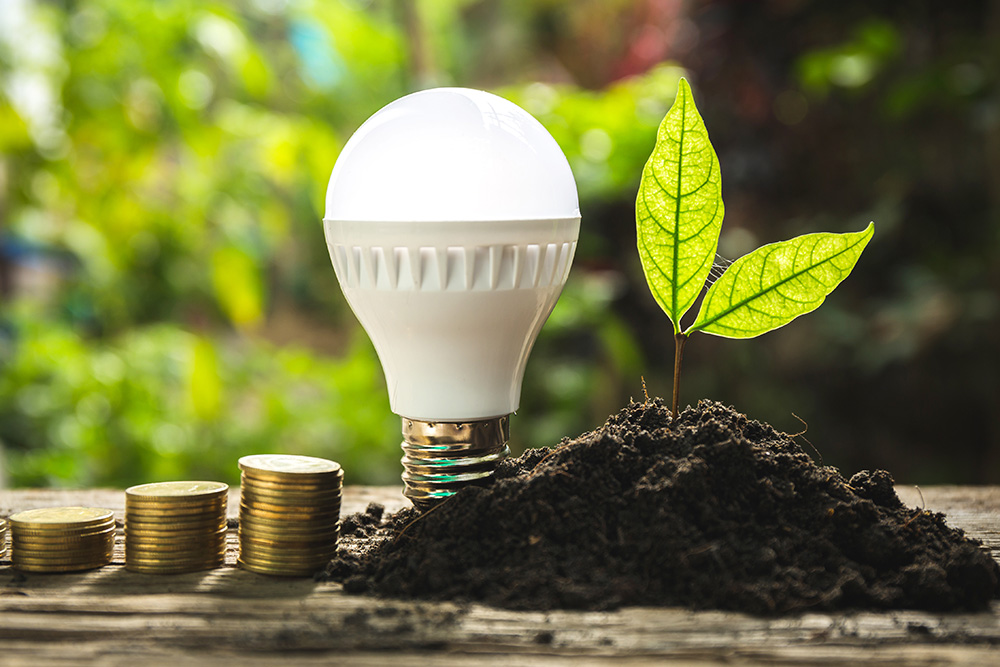On March 15 every year, people celebrate World Consumer Rights Day. It was first commemorated in 1983 and aims to raise awareness about consumer rights and encourage governments and businesses to take action to protect consumer rights. Internationally, these include consumer rights to safety, to choose, to be informed, and to be heard. In Indonesia, consumer rights are regulated in Article 4 of Law No. 8 of 1999.
To keep track of these rights, Indonesia’s government conducts an annual survey to score the progress of fulfilling the right and named it as Consumer Confidence Index (IKK, Bahasa) which in 2023 shows an increased score of 57.04 compared to the previous year of 53.23.
The scoring includes assessments for nine trade sectors including electricity and household, electronic goods, motor vehicles, transportation services, and others. Although deemed sufficient, there is a lot of progress that has to be made, especially in providing product information to consumers to choose their electricity and fuel source, food, electronics, and others.
The noble goal of reaching Indonesia’s net zero in 2060, or sooner, requires the active involvement of various actors, including the government, producers (energy providers, industries, businesses), and associations. However, the main spearhead, consumers are often left out even though the final decision on the use of a product/service is in their hands.
They have the power to determine the direction of fundamental changes in how they travel, buy fuel to power their businesses and vehicles, products (including food) that they will consume, choose electricity sources and electronics to light up their homes and make them comfortable, and many others. In addition to being excluded from the decision-making process, Indonesian consumers also have difficulty accessing greener products and technologies. Limited information and the absence of standards and certifications make purchasing options narrow and limited. For example, limited electricity subscriptions and uneven public transportation options. This lack of options has led people to buy what is available in the market despite the adverse effects on their health and environment.
One good example can be found in the procurement of residential electricity. With an annual residential electricity demand in 2023 of 85,318.86 MVA, or almost 50% of the national electricity demand, only 12.6% is supplied from clean energy sources. This resulted in Indonesia’s total electricity emissions reaching 252.17 million tons of CO2e in the same year. This leads to an adverse impact on the health of the people living around the power plant and the surrounding nature.
Other than air pollution, residential water sources are also getting polluted and residential buildings become more prone due to the higher chance of acid rain in the area. This condition is then exacerbated by the procurement of rooftop solar panels, a more environmentally friendly electricity generation technology, which is further complicated by the release of Ministry of Energy and Mineral Resources regulation no 2/2024. This is because all of the excess electricity produced during the day that is being exported to the national grid is now not compensated at all. Hence at night, rooftop solar panel installers must pay for electricity consumption from the network in full price. This is very detrimental to household consumers, because the peak electricity load of household consumers is at night, while the electricity production of rooftop solar panels occurs during the day. This indicates a setback in the fulfillment of consumer rights to be able to choose products that will provide safety and health for themselves and their families.
Based on the Consumer International study report, to make consumers become the center of policy-making related to energy transition, there are at least three things that need to be considered. First, during the pre-purchase phase, increasing awareness and understanding by using labels and certifications is required to be adopted immediately to foster product innovation that is safer, environmentally friendlier, and affordable in the market. Then, in the purchase phase, simplifying the administrative process for purchasing or adopting products/technologies, such as licenses and permits, as well as designing financing options that are sensible and accessible to all levels of society.
Finally, in the post-purchase phase, closing the knowledge gaps in product consumption/adoption using interactive user manual documents and ensuring that consumers’ needs for maintenance, repair, and compensation are met through the creation of local supply chains, and easy access to troubleshooting and compensation systems.

